Indian Wedding Dress Code Checker
Dress Code Assessment
North India
Full-length attire preferred. Ankles and calves typically covered.
Full coverage recommendedSouth India
Ankle-length outfits common. Calf exposure usually acceptable.
Calf exposure acceptableEast India
Mid-calf length sarees common. Ankle exposure not frowned upon.
Moderate exposure acceptableWest India
Vibrant lehengas ending above ankle. Calf exposure fine, thighs not.
Thigh exposure not recommendedWalking into an Indian wedding is like stepping into a living museum of colour, music and ritual. One of the first questions many guests ask is whether it’s okay to show a bit of skin - especially the legs - while still respecting the host’s cultural expectations. Below is a practical guide that breaks down the dress code, regional quirks, and safe‑to‑wear options so you can celebrate without the anxiety.
Why Leg Exposure Matters in Indian Weddings
Indian weddings are steeped in centuries‑old ideas about modesty a social norm that balances respect for tradition with personal comfort. Legs are considered a more private part of the body in many regions, so showing too much can be interpreted as a lack of reverence for the families involved. At the same time, modern couples increasingly blend tradition with contemporary style, opening a small window for tasteful leg reveal.
Regional Nuances - What’s Acceptable Where?
India’s diversity means the dress code isn’t one‑size‑fits‑all. Here’s a quick map of how leg coverage varies across major cultural zones:
- North (Punjab, Haryana, Delhi): Full‑length attire is preferred. Ankles and calves are typically covered, especially for women.
- South (Tamil Nadu, Kerala, Karnataka): Light fabrics and ankle‑length outfits are common. A glimpse of the calf is usually acceptable.
- East (Bengal, Odisha): Traditional silk sarees often showcase the mid‑calf. Showing a little ankle isn’t frowned upon.
- West (Gujarat, Rajasthan): Vibrant lehengas may end just above the ankle; revealing the calf is generally fine, but bare thighs are a no‑go.
When in doubt, observe the host’s family or ask the bride‑to‑be’s close friends for guidance.
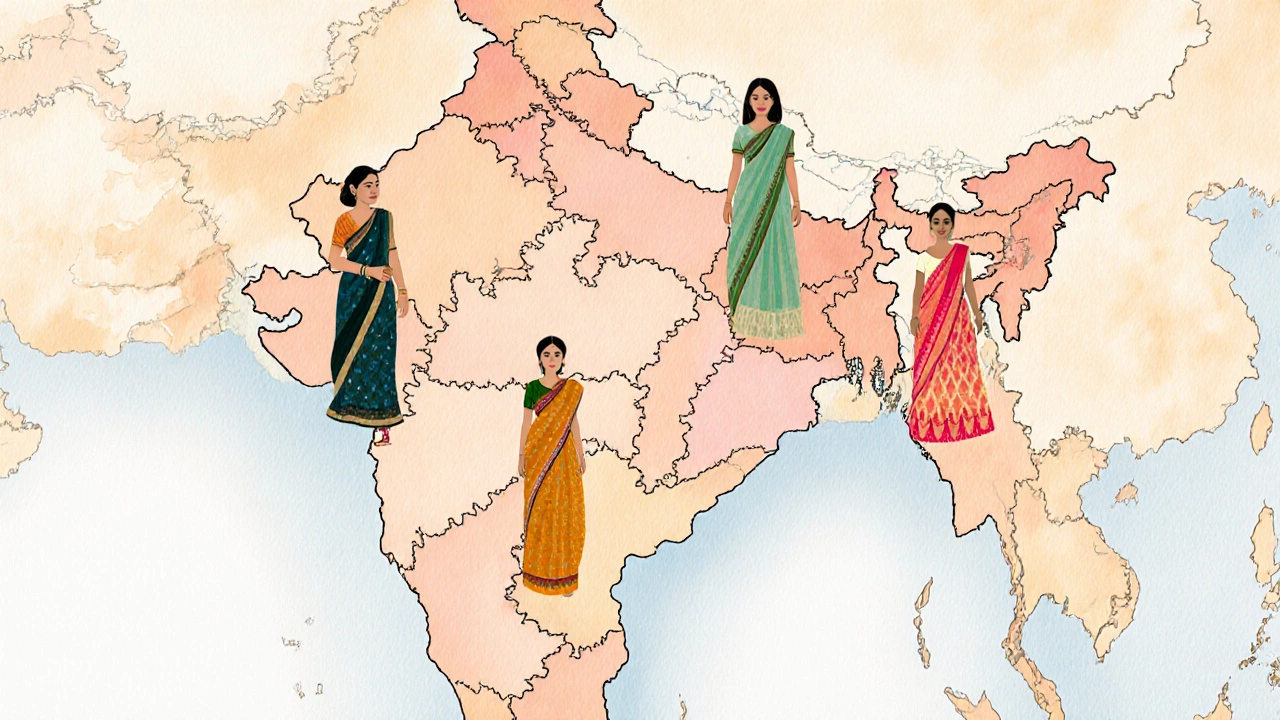
Key Garments and Their Typical Lengths
Below are the most common outfits you’ll encounter, along with the standard leg coverage each provides.
| Outfit | Typical Length | Leg Exposure | Recommended Footwear |
|---|---|---|---|
| Saree | Floor‑length | Calf to ankle (depends on drape) | Heeled sandals or mojaris |
| Lehenga | Mid‑calf to ankle | Often reveals calf; edge of thigh if cut high | Stilettos or embellished flats |
| Kurta‑pyjama | Knee‑length or slightly below | Knee covered; occasional ankle‑sleeve style | Loafers or traditional juttis |
| Sherwani (men) | Floor‑length | Full leg coverage; usually paired with churidar | Formal leather shoes |
Do’s and Don’ts for Showing Your Legs
- Do choose fabrics that flow gracefully - silk, chiffon, georgette - and avoid clingy synthetics that may reveal more than intended.
- Do pair a short dupatta or shawl with a lehenga to balance any exposed calf.
- Don’t wear shorts, capri pants, or any Western‑style bottom that ends above the knee.
- Don’t sport denim, leather jackets, or overly casual sneakers unless expressly invited.
- Do consider a tasteful ankle‑strap sandal that keeps the foot covered yet stylish.
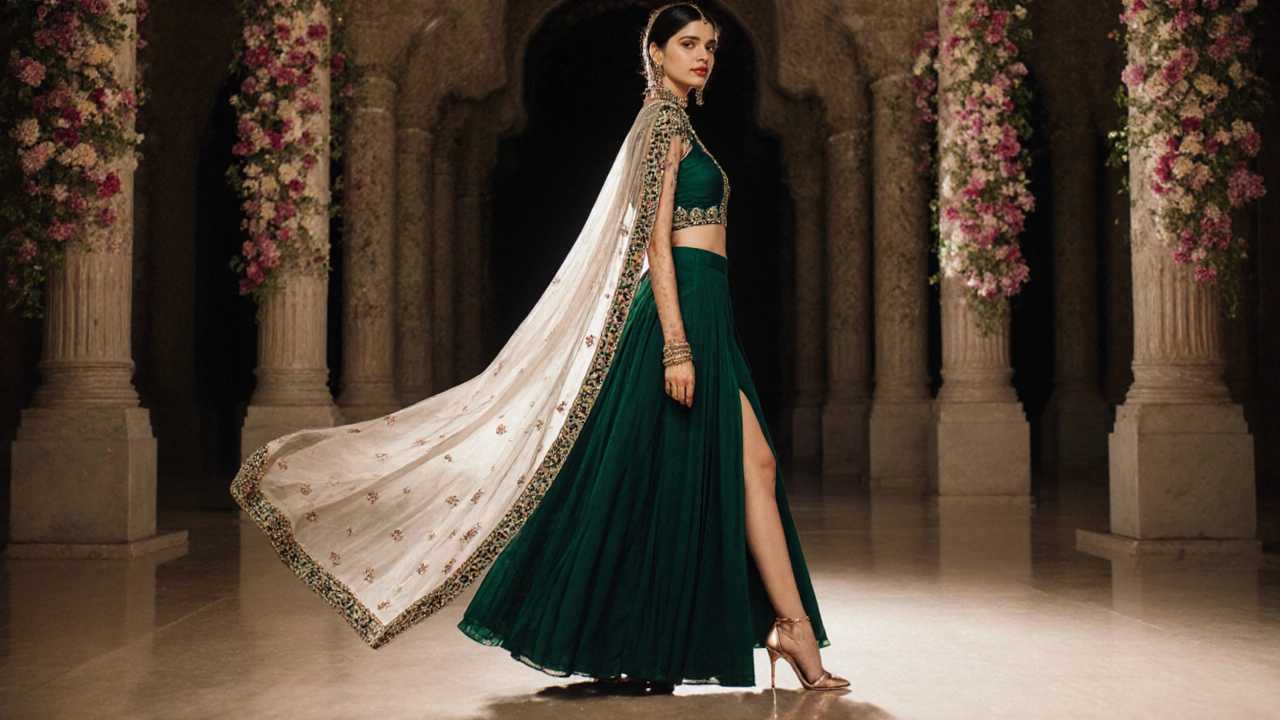
Quick Tips for Guests Who Want a Modern Twist
If you love a contemporary vibe, you can still stay respectful by using strategic layering:
- Pick a high‑waisted lehenga with a slightly higher slit; the slit should stay below the calf.
- Add a sheer, embroidered dupatta that you can drape over the leg when you move close to the ceremony area.
- Choose metallic heels that add height without exposing too much skin.
- For men, a well‑fitted bandhgala jacket paired with slim churidar offers a sleek look without showing ankles.
These choices let you feel modern while honoring the cultural tone of the event.
What If You’re Uncertain? Safe Outfit Checklist
- Length: Outfit should fall no higher than the mid‑calf unless you have a dupatta covering the leg.
- Fabric: Prefer traditional textiles (silk, cotton, linen) over denim or sportswear.
- Color: Vibrant hues are welcomed; avoid plain white (reserved for the bride) and black (often seen as mourning).
- Fit: Ensure the garment isn’t too tight; a loose drape maintains modesty.
- Accessories: Keep jewellery elegant but not overly flashy; a simple necklace and bangles are sufficient.
Frequently Asked Questions
Can I wear a maxi dress instead of a saree or lehenga?
Yes, a maxi dress that reaches the ankle and has a modest neckline works well, especially in South Indian weddings where Western‑inspired silhouettes are gaining popularity. Pair it with a matching dupatta to keep the look culturally appropriate.
Is it ever acceptable to show the thigh at a wedding?
Only if the bride explicitly states a relaxed dress code or the event is a casual pre‑wedding function. For most traditional ceremonies, exposing the thigh is considered disrespectful.
What should men wear to avoid showing too much leg?
Men should opt for a full‑length sherwani or a bandhgala with churidar pants. Both keep the ankles covered and maintain a formal look.
Are sandals okay, or should I stick to closed shoes?
Elegant heeled sandals or traditional juttis are perfectly fine as long as they don’t expose the feet excessively. Avoid flip‑flops or sport shoes.
How can I tell if a bride’s wedding is “modern” enough for a shorter outfit?
Check the wedding invitation wording or ask a close friend. Phrases like “cocktail attire” or “smart casual” hint at a relaxed dress code. Otherwise, default to traditional full‑length garments.
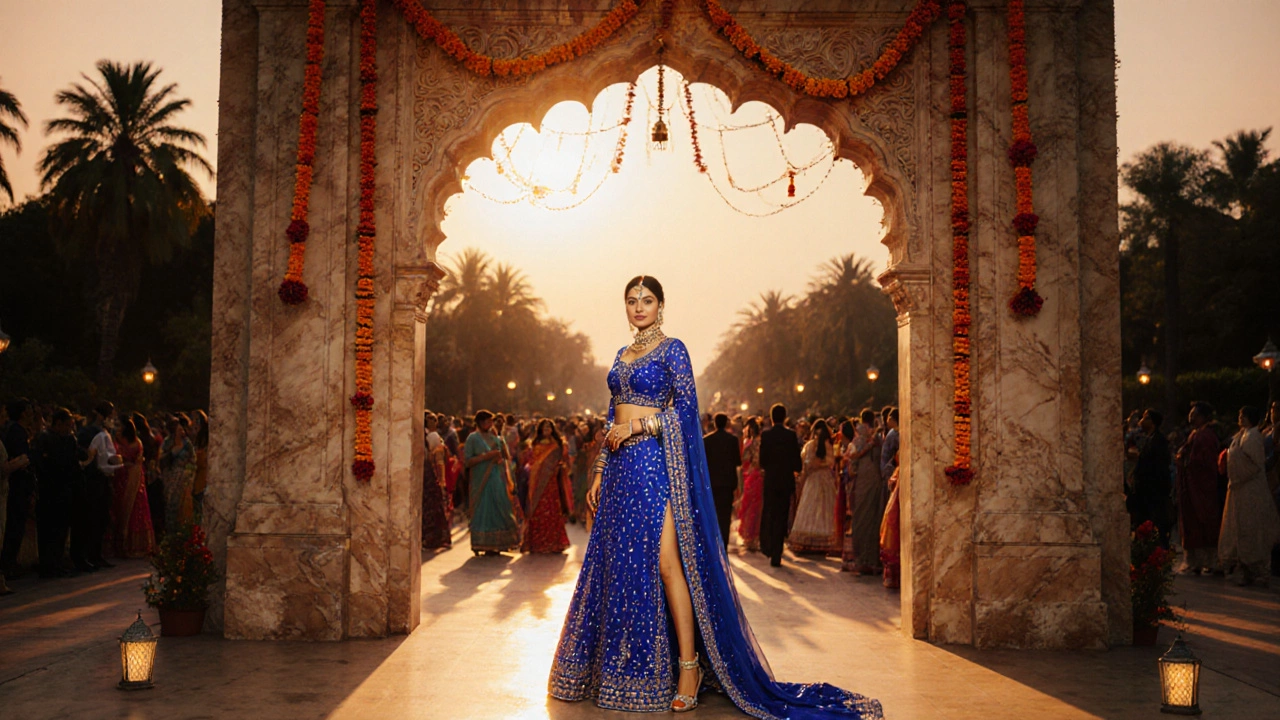
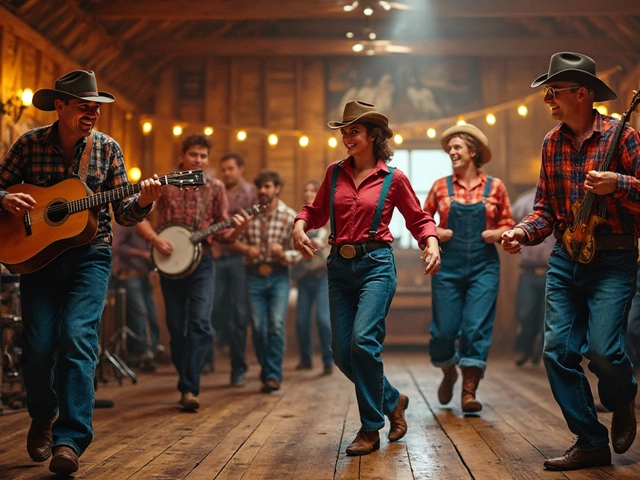
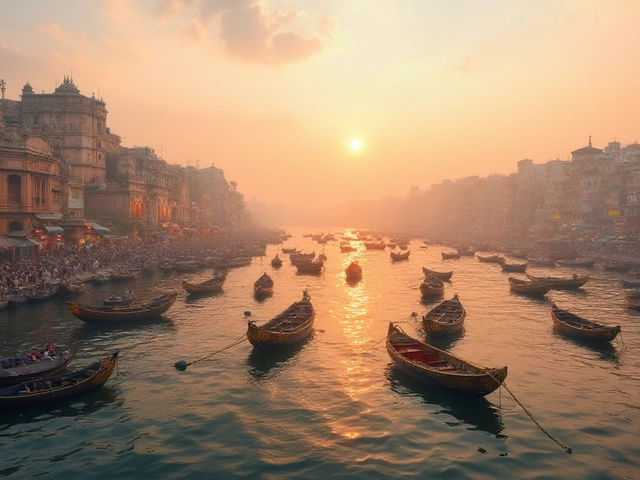
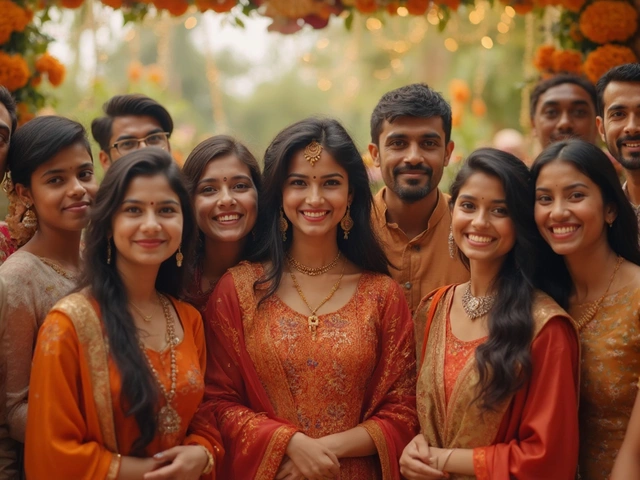

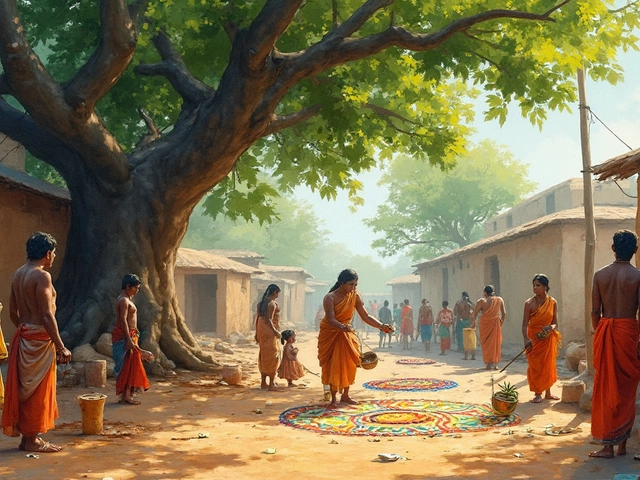
Write a comment